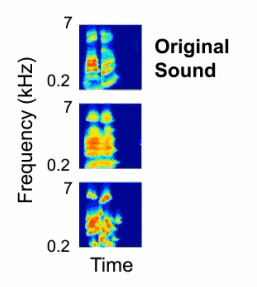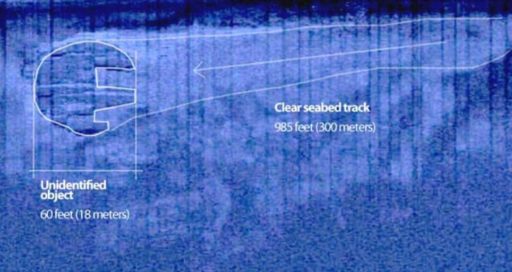One wishes that they had some devise with which they could have known what the other person is thinking, especially in times when one wants a decision or a direct answer from the other person who is hesitant to give it honestly. Well, scientists have just come out with something that till now have only existed in science-fiction novels and movies.
Using a computer modeling technology, researchers have been able to create words by detecting brain waves of patients thinking those very words according to a report from BBC. This is also a breakthrough for psychologists who always want to go inside the mind of their patients and for parents too, when they would want to catch their kids doing tricks on them.
How has this scientific miracle been done? The researchers gathered electrical signals directly from the patients’ brains and used a computer model to reproduce the sounds of words that the patients were thinking of. This new research led by Brian Pasley of the University of California, Berkeley will help communication between comatose patients and the doctors. Pasley along with his team of geniuses worked on the superior temporal gyrus, or STG area of the human brain to get the results they were looking for because this is part of brain from where the hearing sense processes the sounds we make and the ones we receive from outside.
When this technology would get introduced into hospitals and may be a few decades down the line to general public, it would be a scene wonderment to see what actually happens. But it might be difficult to implant a devise into a person’s head who is not interested in sharing his or her thoughts with you. May be while they are sleeping?
But again there is an issue. They might not then be thinking of what you are concerned to know about, but would get to find out what they actually dream about. All in all, this is indeed a great innovation by the researchers. Since this technology has just been made, it will take some time to get a smooth run through. Further more details on the research can be found in the Public Library of Science here.
Image Source: PCWorld




